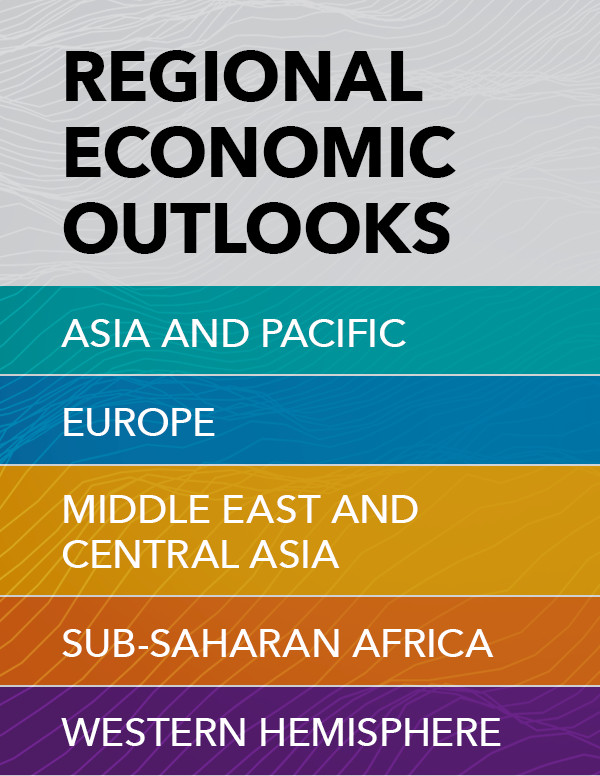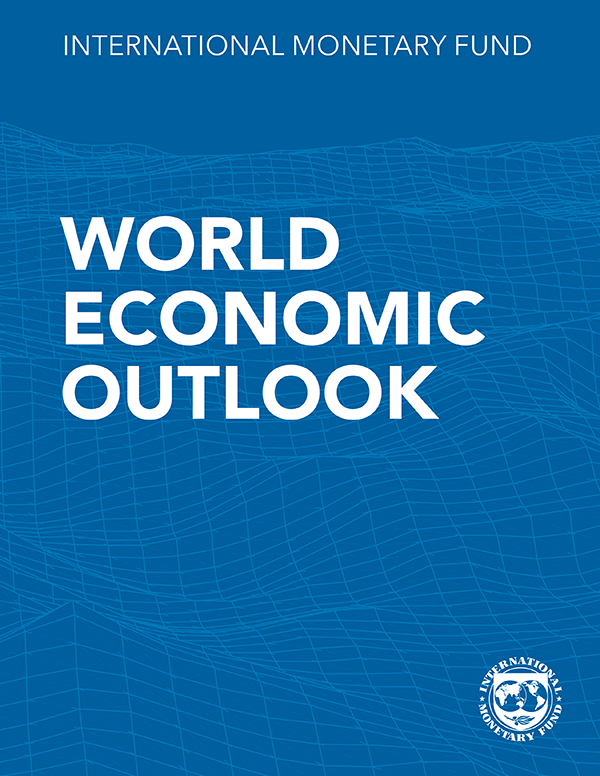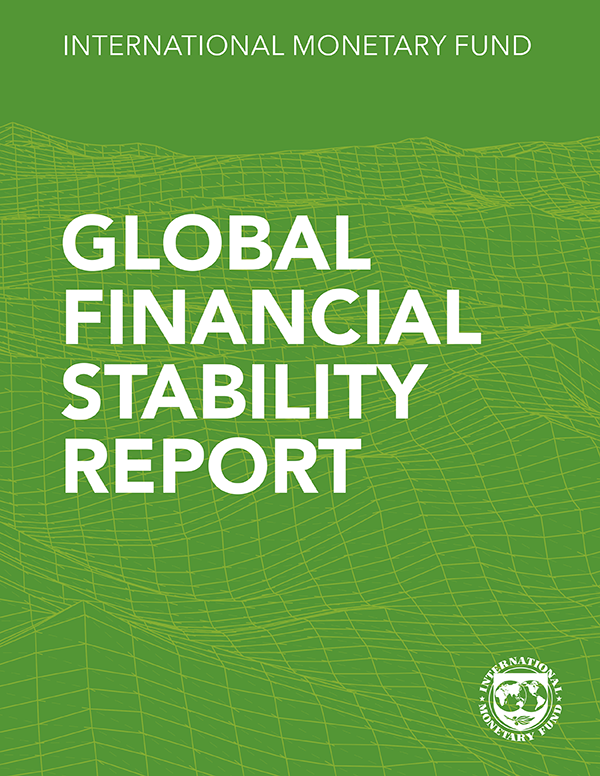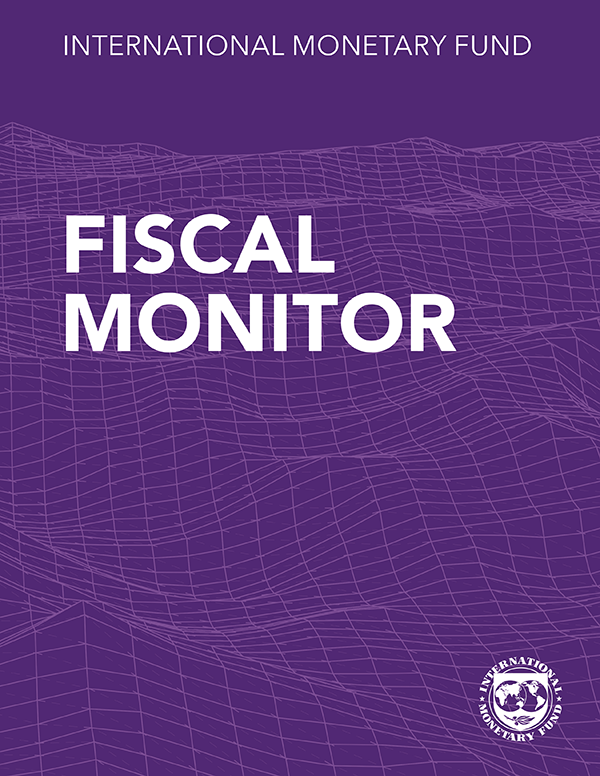Financial stability risks have risen as war tests the resilience of the financial system through various channels
Chapter 1 looks at the implications of the war in Ukraine on the financial system. Commodity prices pose challenging trade-offs for central banks. Many emerging and frontier markets are facing especially difficult conditions. In China, financial vulnerabilities remain elevated amid ongoing stress in the property sector and new COVID-19 outbreaks. Central banks should act decisively to prevent inflation from becoming entrenched without jeopardizing the recovery. Policymakers will need to confront the structural issues brought to the fore by the war, including the trade-off between energy security and climate transition.
Chapter 2 discusses the sovereign-bank nexus in emerging markets. Bank holdings of domestic sovereign bonds have surged in emerging markets during the pandemic. With public debt at historically high levels and the sovereign credit outlook deteriorating, there is a risk of a negative feedback loop that could threaten macro-financial stability. Chapter 3 examines the challenges to financial stability posed by the rapid rise of risky business segments in fintech. Policies that target both fintech firms and incumbent banks proportionately are needed.

Chapter 1: The Financial Stability Implications of the War in Ukraine
Financial conditions have tightened and risks to the global economy have increased as a result of the war in Ukraine. Soaring commodity prices pose challenging trade-offs for central banks. Many emerging and frontier markets are facing especially difficult conditions. In China, financial vulnerabilities remain elevated amid ongoing stress in the property sector and new COVID-19 outbreaks. Central banks should act decisively to prevent inflation from becoming entrenched without jeopardizing the recovery and address financial vulnerabilities. Policymakers should intensify their efforts to implement the 2021 United Nations Climate Change Conference (COP26) road map while taking appropriate steps to address energy security concerns.
Chapter 2: The Sovereign-Bank Nexus in Emerging Markets: A Risky Embrace
The COVID-19 pandemic has brought the relationship between sovereigns and banks—the so-called sovereign-bank nexus—in emerging market economies to the fore as bank holdings of domestic sovereign debt have surged. This chapter examines the empirical relevance of this nexus to assess how it could amplify macro-financial stability risks. The analysis finds that an increase in sovereign credit risk can adversely affect banks’ balance sheets and credit supply, especially in countries with less-well-capitalized banking systems. Sovereign distress can also constrain funding for the nonfinancial corporate sector and reduce its capital expenditure. As global financial conditions tighten and geopolitical tensions intensify, a deeper nexus makes policy trade-offs in emerging markets more complex. Potential policy responses are discussed.

Chapter 3: The Rapid Growth of Fintech: Vulnerabilities and Challenges for Financial Stability
Fintech can increase efficiency and competition and broaden access to financial services. However, the fast growth of fintech firms into risky business segments—and their inadequate regulation and interconnectedness with the traditional financial system—can have financial stability implications. This chapter explores three key types of fintech to illustrate these risks: digital banks (“neobanks”), long-established fintech firms in the US mortgage market, and decentralized finance (“DeFi”). The chapter argues that policies targeting fintech and traditional financial firms proportionally are needed. In the case of DeFi, regulations should focus on the elements of the crypto ecosystem that enable it, such as stablecoin issuers and centralized exchanges.
Publications

-
September 2024
Finance & Development
- PRODUCTIVITY

-
September 2024
Annual Report
- Resilience in the Face of Change

-
Regional Economic Outlooks
- Latest Issues











